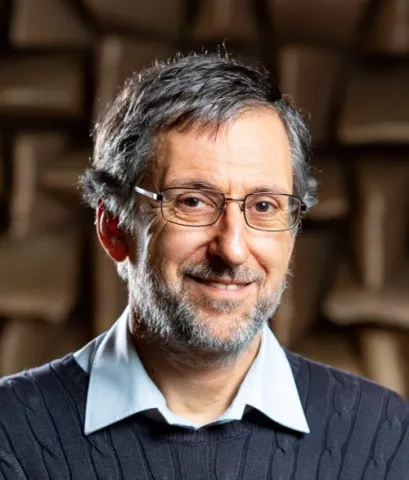About the project
This project focuses on railway noise and vibration. By integrating computational modelling, experimental measurements, and AI-driven insights, the research aims to develop predictive models for noise reduction and sustainable railway development.
Railways, including high-speed, conventional, and urban transit systems, are extensively utilized worldwide as efficient, environmentally friendly, and sustainable modes of transport. However, noise and vibration remain critical challenges, impacting passenger comfort, communities near railway lines, and maintenance efforts and costs.
Railway systems operate in varied environments, including severe conditions such as sharply curved sections or switches and crossings, which can lead to high levels of noise. This project aims to develop predictive and AI-enhanced models to study rail and wheel roughness and its impact on noise and vibration under various conditions.
You will establish improved predictive models for railway rolling and impact noise under different operational conditions. You will employ machine learning models to solve the inverse problem of identifying and monitoring roughness growth. You will carried out experimental measurements in the laboratory and field to validate numerical findings and provide data for AI-enhanced models. These efforts will lead to practical noise mitigation and acoustic optimization strategies to improve railway system performance.
This project will contribute to sustainable railway development by addressing the complexities of wheel/rail interactions and their relationship with surface roughness and track geometry in varied operational environments. By integrating advanced computational modelling, field measurements, and AI-driven analytics, this research will offer new insights into noise and vibration reduction, ultimately enhancing passenger comfort and reducing maintenance costs.

